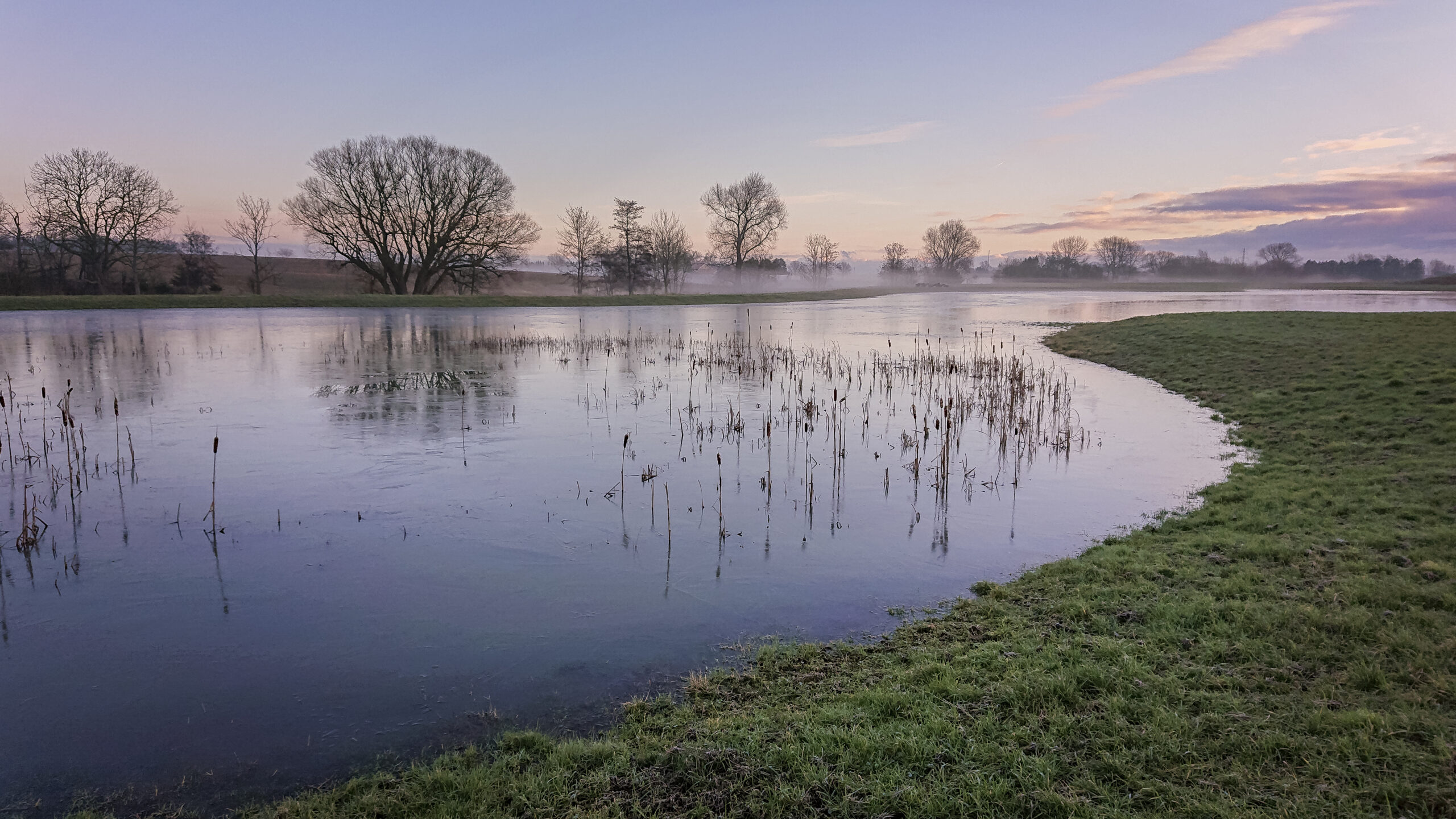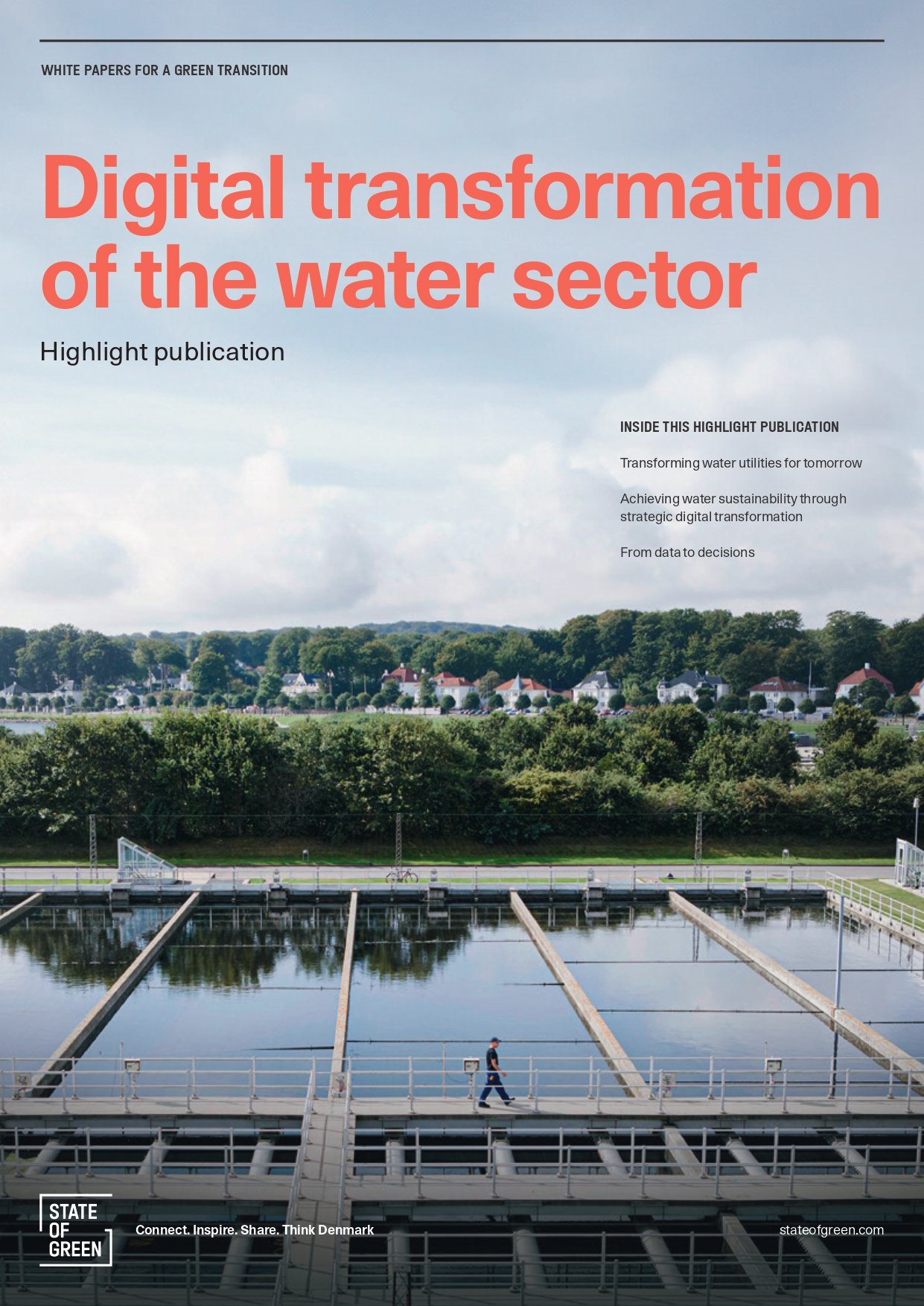News
Wastewater management
Water management
Water resource management
+1
The wastewater treatment plant of the future launched in Billund, Denmark


The Billund BioRefinery treatment plant has the capacity to do more than other plants in the world.
Billund BioRefinery purifies wastewater more efficiently than traditional wastewater treatment plants and at the same time, the plant produces 2,5x more energy than it consumes. The plant also delivers CO2-neutral energy to 1,600 households and odourless fertilisers to the agricultural industry.
Even before the plant was officially launched, there was an international demand for this specific Danish environmental technology, which Billund BioRefinery is an example of.
- Billund BioRefinery has already demonstrated its value on export markets. It is the treatment plant of the future that purifies more efficiently, has a lower energy consumption and utilises the resources in wastewater better than other plants. Denmark has an increasing export of Danish water solutions. We must exploit and develop this export opportunity so that Denmark can help solve some of the world's environmental challenges while creating Danish jobs, says the Minister of Environment & Food, Esben Lunde Larsen.
Billund BioRefinery started as an environmental technology project in 2013, supported by the Ministry of Environment & Food’s MUDP funds and by the Water Technology Development Fund. Since then, the plant has received visits from 800 international stakeholders and 1,600 visitors from Denmark.
The project has also been presented at numerous international conferences.
- Billund BioRefinery shows how the collaboration between water companies, advisers and producers ensures value for Danish water customers and export markets. The project supports the water industry's Water Vision, which will create 4000 new jobs in the industry and double the water technology exports within 10 years, says the Chairman of the Water Sector Technology Development Fund, Carl-Emil Larsen who is also the CEO of the industry association, DANVA.
Technology company Krüger has developed Billund BioRefinery in collaboration with Billund Vand. Two plants similar to Billund BioRefinery have already been sold to South Korea.
- The experiences from Billund BioRefinery shows that well-established and efficient Danish wastewater treatment plants can be upgraded to become energy producers with great resource recovery and contribute to the circular economic, says the CEO of Krüger, Leif Bentsen.
Facts:
- The energy production has increased with 60% from approx. 8.6 million KWh to approx. 14 million KWh per year. Billund BioRefinery is now a net exporter of CO2-neutral energy for electricity and district heating. The plant produces enough energy for 1,600 households’ annual power consumption.
- By using the Anitamox technology, the capacity for cleaning fx, nitrogen has increased with is equivalent to the emissions from a town of 35,000 inhabitants.
- The emission of nutrients from the plant has already been reduced by almost 60%. With all technologies fully in function, it corresponds to a saved discharge of 12 tons of pure nitrogen.
- The unique Danish technology EXELYS with thermal hydrolysis, is the main contributor to the high increase in energy production. The amount of sludge treated with EXELYS is reduced by 30-40%.
- The content of nitrogen and phosphorus in the organic fertiliser has increased by about 18 % and the absolute amount of pollutants is 30 % lower.
- The plant has great prospects for Danish environmental exports and is a showcase example of the leading Danish competencies in wastewater treatment and environmental technology.















